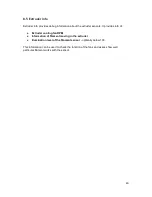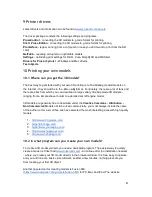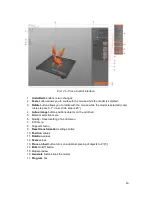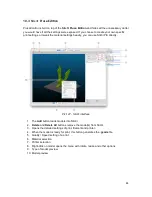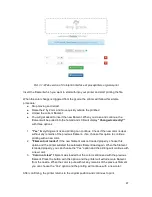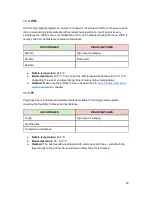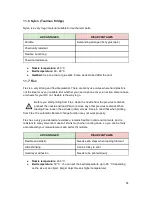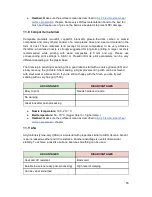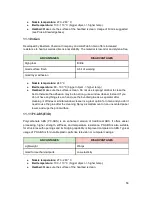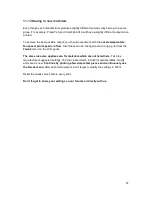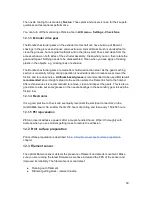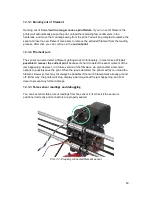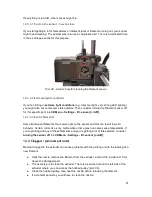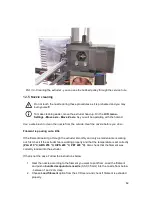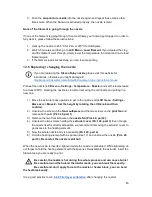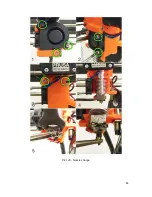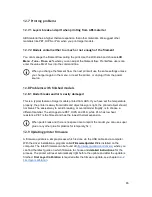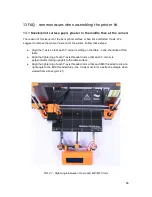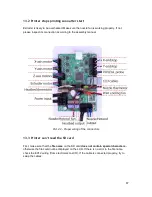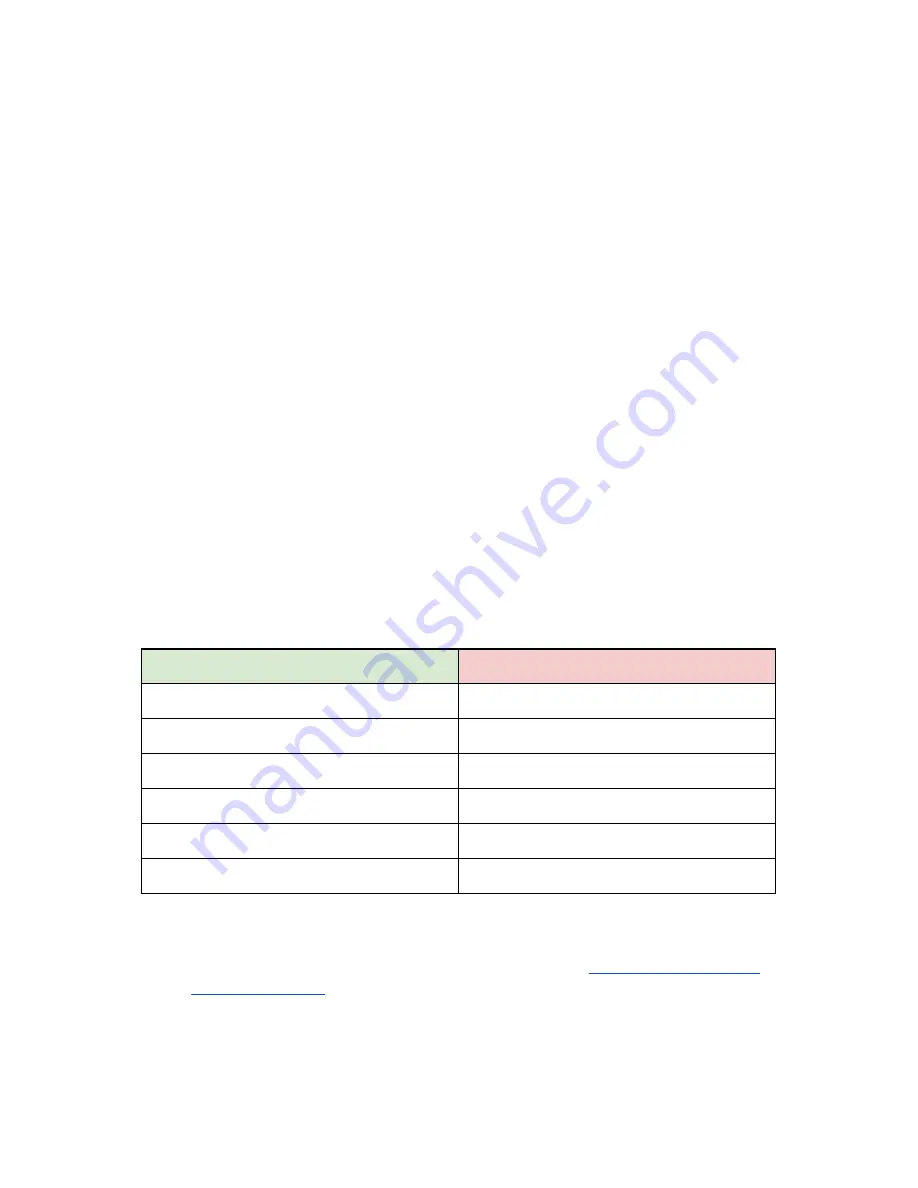
11.3 PET/PETG
PETG is a very tough material with good thermal resistance. Its use is universal but
especially suitable for mechanical parts and both indoor and outdoor use. PETG has almost
no warping
, so printing large objects isn’t a problem. We use PETG to print parts for our
printers!
PETG is one of our favorite materials for 3D printing. It’s almost as easy to print as PLA, but
it can offer many mechanical properties that PLA prints just cannot achieve.
The G in the acronym PETG stands for Glycol which is added during the manufacturing
process. Glycol modifies the properties of PET, so that it’s
easier to print, less brittle and
clearer
when printing with semi-transparent variants. PETG has low thermal expansion, so
even when printing big objects, and without an enclosure, it rarely lifts from the bed and
warps. In addition to that, PETG is
ductile
. It has a healthy amount of flex which can prevent
parts from breaking under pressure.
Unlike PLA or ABS, PETG tends to ooze a bit and may leave
strings of plastic
on your
print. You can fight this with increasing retraction and playing with hotend temperature, but if
you use our filament presets in
Slic3r or Prusa Control
, we already did that for you and the
amount of stringing is minimal. If you witness a tiny bit of stringing anyway, you can get rid of
it by quickly blasting your finished prints with a heat gun.
If you can handle the oozing and strong adhesion, you’ll be left with a very durable print, that
is considerably temperature resistant and usable for both indoor and outdoor use.
ADVANTAGES
DISADVANTAGES
Easy to print
Possibility of stringing
Good layer adhesion
Not soluble in acetone
Very tough, low warping
Prone to scratches
Temperature resistance
Little shrinking
Durable
● Nozzle temperature:
240 °C
● Bed temperature:
80 - 100 °C
● Heatbed:
Make sure the surface is clean, as described in
6.2.2 Flexible steel sheet
surface preparation
chapter. Do not use isopropyl alcohol to clean the bed, or the
adhesion may be too strong, if you do not have anything else on hand, use the
bundled glue as a separator after cleaning it. Windex or similar windows cleaner is a
great option for PET and you don’t need to use the glue after the cleaning. Pour a
little amount on an unscented paper towel and wipe the print surface.
52
Содержание i3 MK2.5
Страница 1: ......
Страница 9: ...Pict 1 Original Prusa i3 MK2 5 printer upgrade Pict 2 Description of Original Prusa i3 MK2 5 9 ...
Страница 64: ...Pict 40 Nozzle change 64 ...



